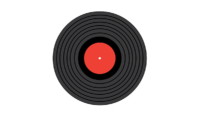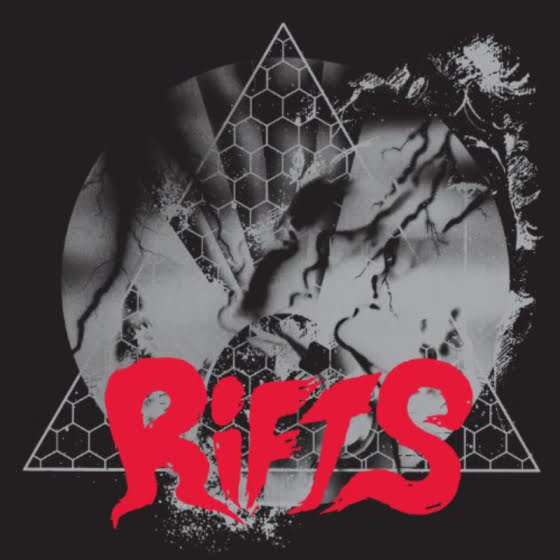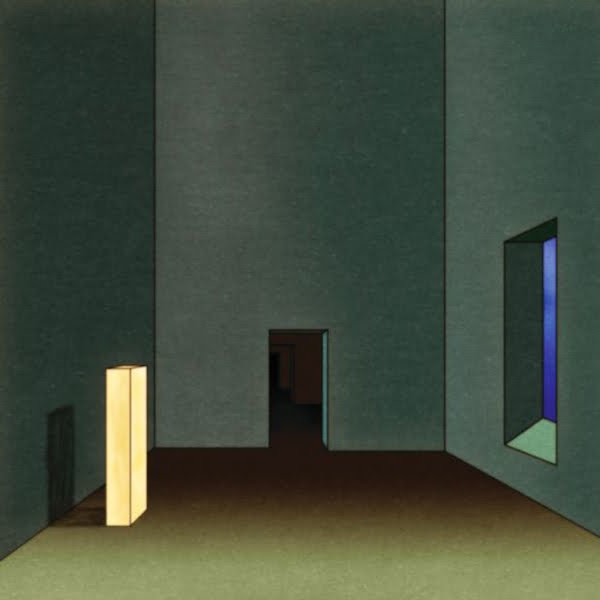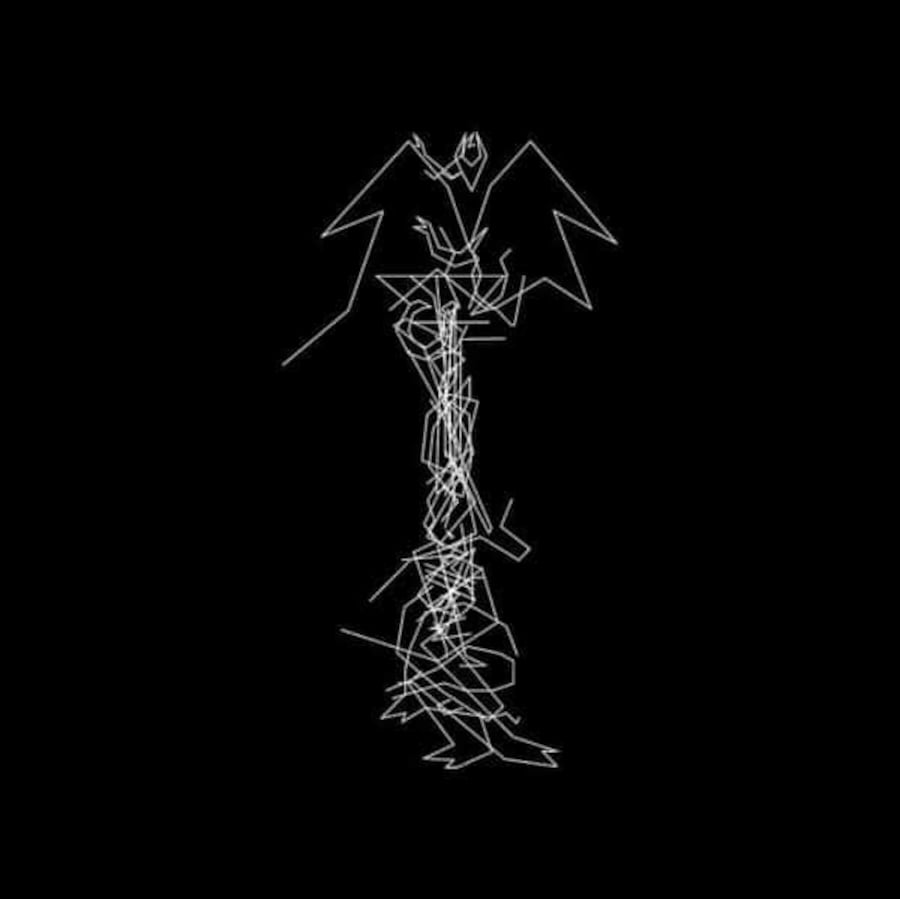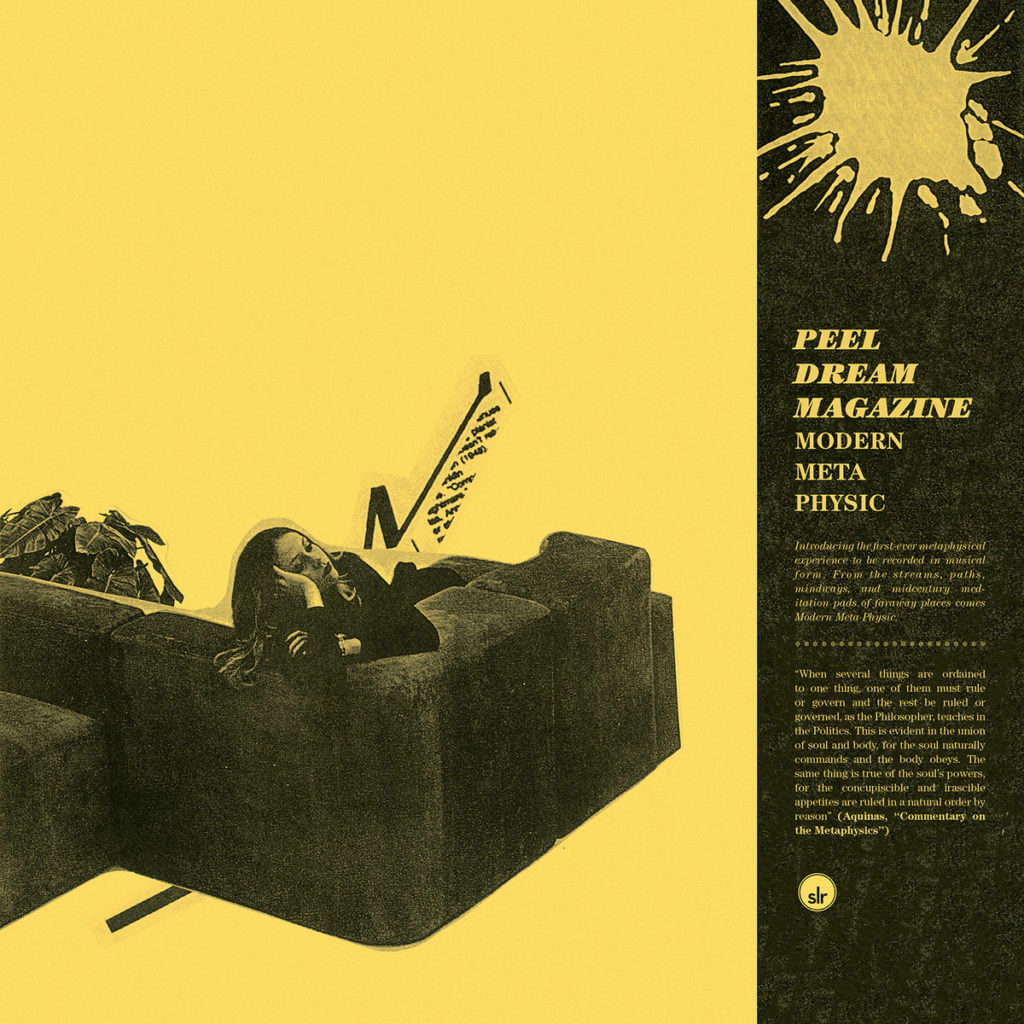Hypnagogic Pop: Lo-fi Nightmares & Neon Dreams
Hypnagogic, a dictionary definition: “of, relating to, or occurring in the period of drowsiness immediately preceding sleep.”
A definition of Hypnagogic Pop: “…music refracted through the memory of a memory.” – Will Sweeney.
Sweeney’s article ‘Childhood’s End’ was published in The Wire magazine in 2010 and was perhaps one of the first to bring the burgeoning new musical movement to wider public attention. Whereas Hauntology in its musical form is primarily rooted in the UK of the 1970’s, Hypnagogic Pop, along with its close cousins Chillwave & Vapour Wave, is very much rooted in the mainstream culture of 1980’s USA.
The scene’s neon, lo-fi vibe has been adopted and adapted to great effect by many acts since, with Melody’s Echo Chamber, Tame Impala and Peel Dream Magazine among them. It first emerged in the mid to late ‘00’s, with artists like Skaters, Emeralds, Rangers, Ariel Pink, Neon Indian, and Washed Out producing music that echoed the clean-cut, expensively produced pop sound of the 80’s but with lo-fi production, as if played through a cheap cassette player. It was a sound that immediately recalled the era but as if heard whilst half asleep. As with Hauntology, the music is characterised by the evocation of memories of a bygone era and a sense of the uncanny, that nostalgic element being common to both. As Sweeney states in his article, “James Ferraro (of Skaters) … has described his Lambourghini Crystal recordings as approximating the headspace of the moment just before you go to sleep as a child, while somewhere in the distance the sounds of pop and disco come muffled through the wall and infiltrate your subconscious.”
Initially much of the music was released on cassette with photocopied artwork that perfectly captured the lo-fi quality of the music contained within; a sound that had been xeroxed multiple times, leaving a feint, abstract imprint of its pristine original form. A slew of short, colourful but grainy videos also began to appear as the noughties gave way to the new decade, many produced by artists associated with the hypnagogic movement, including Sun Araw and Ducktails, to accompany their own music. These videos were reflective of the fact that childhood experience of the clinical, neon, upbeat decade was often via grainy VHS recordings and cheap portable radios. But one particular video encapsulates and defines Hypnagogic Pop better than any. ‘Nobody Here’ by Oneohtrix Point Never is reminiscent of the video game technology of the era and features a blurred, pixelated image of a rainbow highway swaying slowly from side to side as it heads towards a nocturnal cityscape, set to a looped snippet from Chris De Burgh 1986 mega-hit ‘Lady In Red’, in which he sings ‘nobody here’ ad infinitum. The effect is hypnotic and re-frames that slick, over-produced love song as a lo-fi psychedelic trip.
Sweeney’s article also points out that alongside Don Henley’s ‘Boys of Summer’, key influences on the scene were “the low-rent retro-futurism of the Beverley Hills Cop soundtrack, the constant background drone of microwave ovens and Video Game soundtracks, and the power vocals on Kate Bush’s 1985 single ‘Running Up That Hill’. Which brings us nicely up to date with Stranger Things. Equal parts ET, Goonies, Twilight Zone and VHS copies of a low-budget horror flick, and with its central theme of 1980’s childhood being interrupted by forces from another dimension, called ‘The Upside Down’, the series is Hypnagogic Pop in multimedia form and is the scene’s ultimate denouement.
